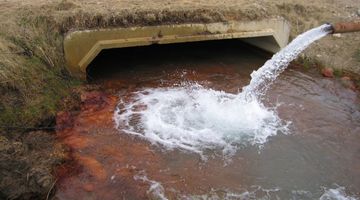ESR scientist Dr Brent Gilpin gives an example where he identified the source of pollution and the local council was able to use this information to address the problem. Distinguishing the source of faecal contamination is important in deciding what action to take to prevent further contamination.
Transcript
Dr Brent Gilpin
Water managers throughout New Zealand – so, regional councils, city councils and other places – look at the water and look for presence of E. coli and enterococci, and they issue ‘boil water’ notices telling people not to drink that water and try and take steps to improve the water quality. The problem is the E. coli and enterococci are present in not only humans but also farmed animals like cows and sheep, domestic animals like cats and dogs, wild animals like possums and also wild fowl like birds, ducks and other birds. And obviously distinguishing the source is very important because, if you think it’s a human source, then you may need to replace your sewer pipes, or upgrade your sewage treatment system, or put new septic tanks in – all of which can be very expensive. But, in fact, if the source is ducks, then spending that money is going to make no improvement to your water quality. When they exceed a certain level, one of their tasks is to then try and identify the source of that contamination and to do something about it so the water is safe. One example I could give you would be a small subdivision that used to be holiday homes, and because it’s in close vicinity to a large urban area, people were living there full-time, and each of them had septic tanks which discharged into their lawns. Unfortunately, these septic tanks weren't able to cope with the volume of pollution, of the effluent being produced from each of these houses, and instead of being treated on the property, were going straight into the stormwater drains systems, and then discharging into the local creek. The local council wanted the residents to do something about this, but the residents were unsure whether it was, in fact, them or the neighbouring farmer who was responsible. So we applied our test to these, found high levels of fluorescent whitening agents – indicative of washing powders being present – faecal sterols – indicating a human signature – and bacteria which were indicative of a human source. And we found that there wasn't significant levels of the farmed animals present. So on the basis of this information, the council decided they would put a reticulated sewage system in to replace the current septic tanks that were being used.
Acknowledgements:
The New Zealand Biotechnology Hub
Watercare Services Ltd
Aaron Vincent
Susan Lim, ESR


